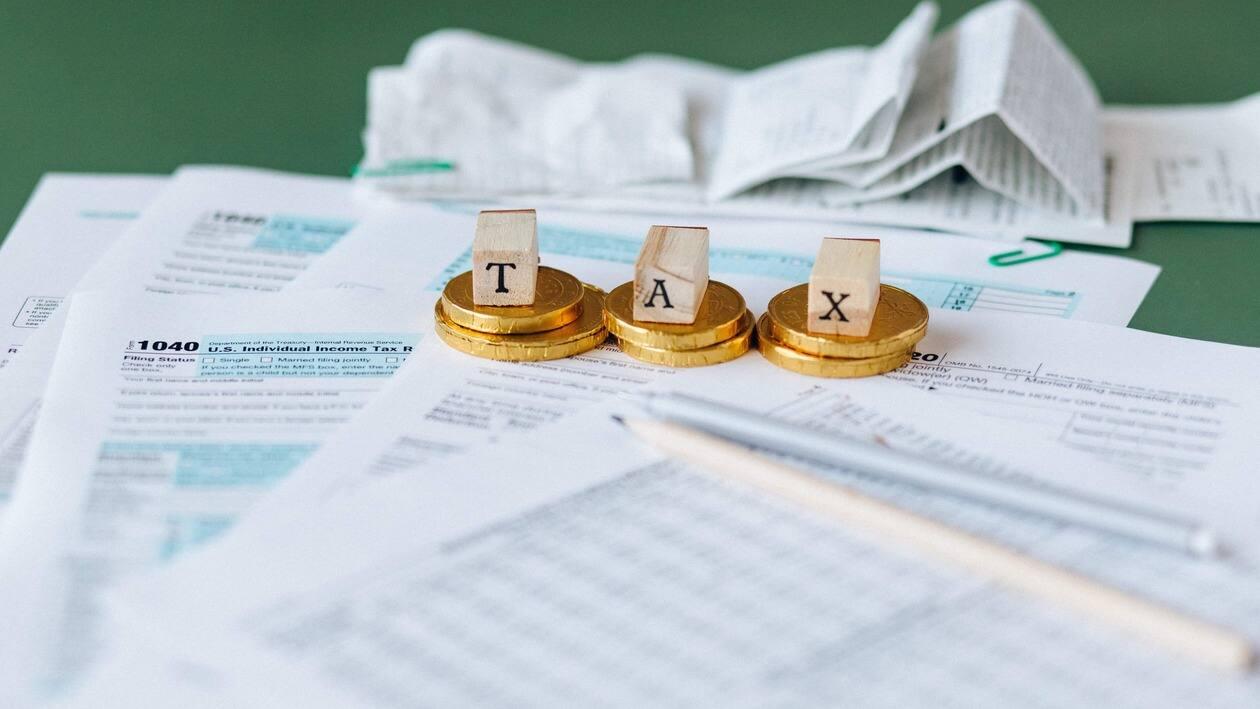It's that part of the year where you get an email from your HR department for filing up the Income Tax Declaration in order for the company to decide the quantum of TDS (tax deducted at source) to be deducted throughout the year.
Income tax declaration is a piece of disclosure made by an employee to the employer. It includes details of the employee's gross annual income & requires the employee to furnish the details of all the tax saving investments viz. PPF, Insurance Premium, EMI's of housing loan, House rent allowance etc. that employee commits to make during the year. Based on the information provided in the declaration, the employer calculates the amount of TDS required to be deducted from the monthly salary of the employee.
It is important to note that the employee will have to furnish proof of all the declarations made by him/her during the year. Failing to do so will force the employer to deduct the TDS of a higher amount in the last few months of the year to cover the shortfall.
Now that we have a fair idea about Income tax declarations. Let's discuss some common heads of deductions & the amount of deduction that can be claimed.
Deductions under section 80C
Most of the tax saving investments are deductible under this section. There is an upper limit of Rs. 1,50,000 per annum. It covers following items:
- Contribution of Public Provident Fund
- Employee contribution to Employee Provident Fund (This figure can be found in your monthly salary slip)
- Payment of Life Insurance Premium
- Equity Linked Savings Scheme - Mutual Funds (usually known as Tax Saver Funds)
- National Savings Certificate
- 5 year bank fixed deposit
- Tuition Fees for children
- Payment of Principal portion of home loan
- Contribution of NPS
A maximum of Rs. 1,50,000 in total for all the items mentioned above can be claimed as deduction under section 80C.
Deductions under section 80CCD(1B)
Apart from the deduction for NPS covered under section 80C above, An additional amount of Rs. 50,000 can be invested in NPS under section 80CCD(1B).
Document required to be submitted as proofs
- Passbook of PPF
- Account statement of Mutual Funds
- Copy of FD receipt
- Receipt of insurance premium payment
House Rent Allowance (HRA)
A certain portion of salary is given in form of HRA as it provides benefits to employees having rental expenses. Income Tax Act provides benefit for deduction of HRA in following manner:
The benefit amount is least of:
- Actual HRA received
- Rent paid during the year (-) 10% of basic salary
- 50% of basic salary for metro cities or 40% of basic salary for non-metro cities.
Let us try to understand this with the help of an example:
Mr. Dhiraj has following salary structure:
- Basic Salary: Rs. 3,00,000
- House Rent Allowance: Rs. 1,20,000
- Special Allowance: Rs. 80,000
Mr. Dhiraj pays Rs. 8,000 per month as rent for the house in Mumbai.
The deduction for HRA will be lower of:
- Actual HRA received: Rs. 1,20,000
- Rent paid: Rs. 96,000 (Rs. 8,000 X 12 months) (-) Rs. 30,000 (10% of basic salary) = Rs. 66,000
- 50% of Basic salary: Rs. 1,50,000 (Mumbai)
Hence, Mr. Dhiraj can claim Rs. 66,000 only as house rent allowance.
Please note that if the annual rental payments are exceeding Rs. 1,00,000 then it is mandatory to furnish the PAN of the landlord/owner.
Documents required to be submitted as proofs: Rent receipts from landlord, PAN card of landlord.
Deduction under section 80D: Payment of medical insurance premium
Under this section, you can claim the deduction for the amount paid as premium for medical/health insurance for yourself, spouse, children & dependent parents.
Quantum of deduction is based on the age of individual's family members and described below:
| Covered Individuals | Premium Paid | Tax Exemption Section 80D | |
| For self, spouse and children | For Parents | ||
Self, Spouse and Children < 60 years Parents < 60 years | ₹ 25,000 | ₹ 25,000 | ₹ 50,000 |
Self, Spouse and Children < 60 years Parents > 60 years | ₹ 25,000 | ₹ 50,000 | ₹ 75,000 |
Self, Spouse and Children > 60 years Parents > 60 years | ₹ 50,000 | ₹ 50,000 | ₹ 1,00,000 |
Documents required to be submitted as proofs: Receipts of premium payment.
You must ensure all the proofs are duly collected & kept on record to avoid hassles.
When to submit the proofs?
Employers provide a cut-off date for submission of investment proofs. These dates usually fall between December to February & varies from company to company. The tax declarations and their proofs should be submitted by the cut-off date. This gives enough time to the employer to deduct TDS in remaining months in case the proofs are not furnished.
Forgot to upload proofs?
In case you miss the cut-off dates, the employer will deduct a higher TDS amount. However, you can still claim the deductions while filing your income tax return. If the actual tax liability is lower than the amount of TDS deducted by the employer, a refund is issued by the Income tax department after processing your income tax return. However, it is advised to upload all the proofs within cut-off time to avoid withholding of taxes.
CA Rohit J. Gyanchandani is Managing Director, Nandi Nivesh Private Limited, A Pune based Wealth Management Company.
